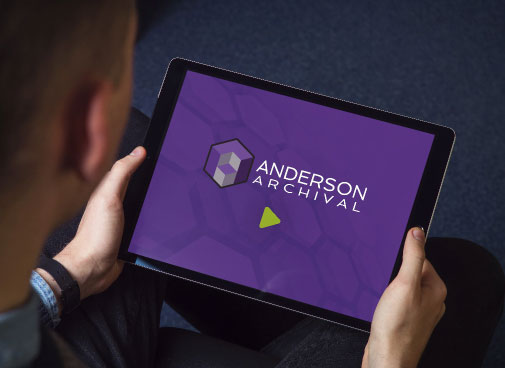Archiving Into the Future: Stewardship Beyond the Present

In the world of archival science, the role of the archivist is not merely to preserve the past—it is to anticipate the future. At Anderson Archival, we understand that every decision made today shapes the legacy of tomorrow. The collections we protect, the formats we choose, and the access we enable are all part of […]
Preserving the Irreplaceable: Why Oversized Digitization Matters More Than Ever
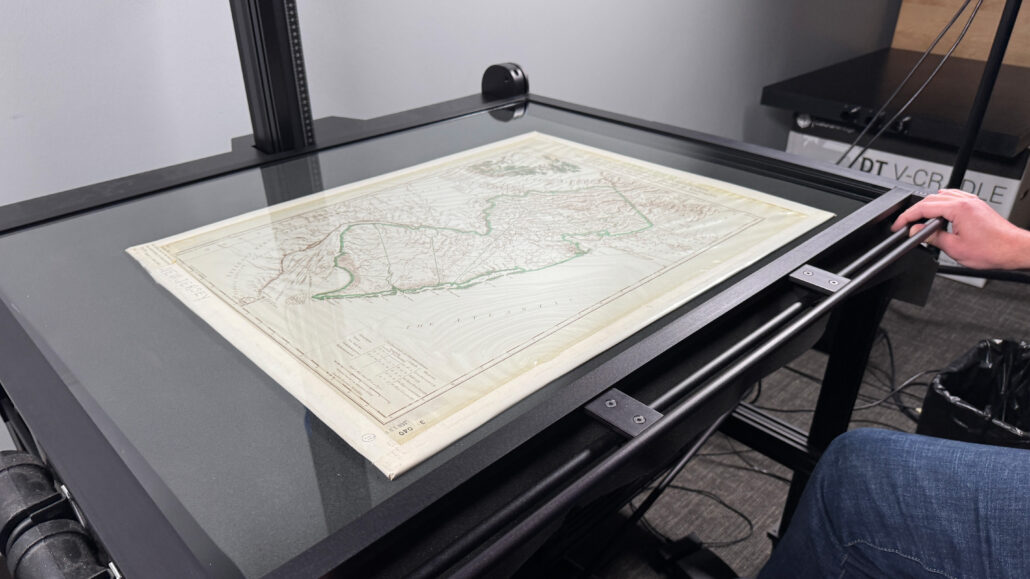
When it comes to digitization, not all documents are created equal. While standard-sized papers and books are relatively easy to scan and archive, oversized materials—like historical maps, architectural drawings, posters, and large-format bound books—present a unique set of challenges. At Anderson Archival, we’ve made it our mission to meet those challenges head-on. What Are Oversized […]
Quotables: The Basics of Enterprise Archival Systems (IT Brew)

Archives Technician Shana Scott was recently interviewed for IT Brew on the topic of enterprise archival systems and DAMs. Click here to read the full article! Ready to make your digital collection accessible, relevant, and impactful? Anderson Archival is ready to help you preserve your legacy! What are Quotables? This is a category in our posts […]
Celebrating Anderson Technologies’ 30 Year Anniversary
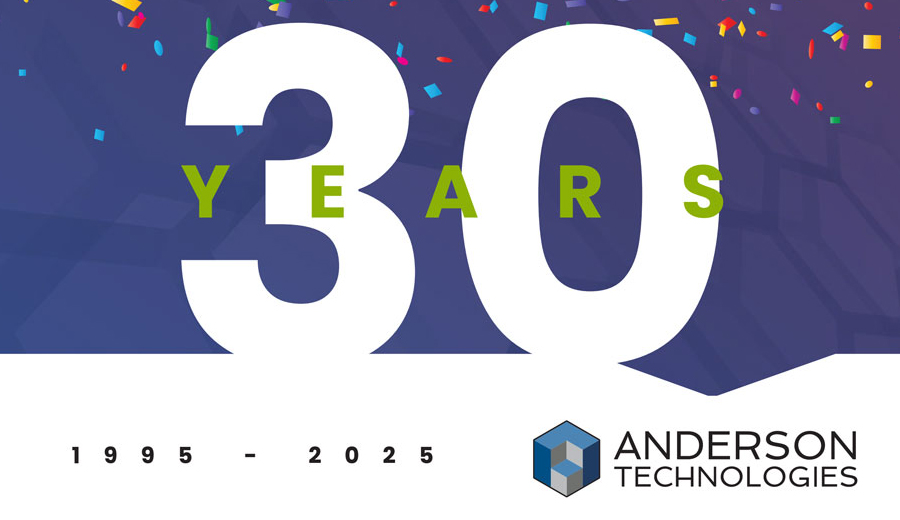
By Managing Principal Farica Chang What does a digitization and legacy preservation company give a technology company for its 30-year anniversary? If you’re Anderson Archival, you give Anderson Technologies its history in book form. Over the last months leading up to this milestone anniversary, the Anderson Archival team worked to gather story data, digitize newly […]
From Hong Kong to St. Louis: A Legacy of Resilience
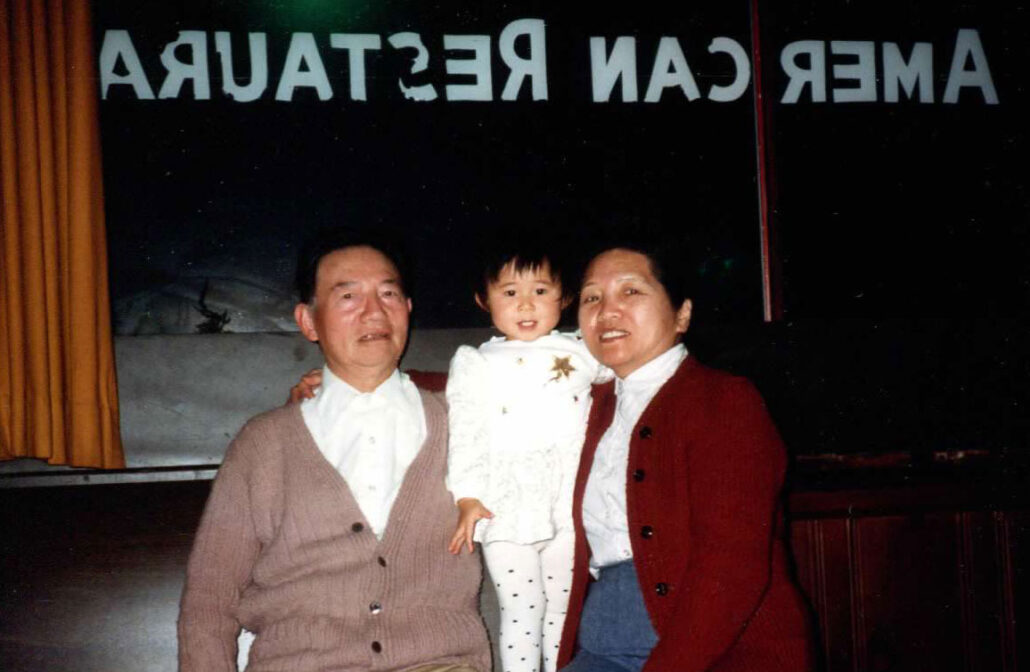
Farica with her grandparents at Chopsticks House, the restaurant they opened in 1971 By Farica Chang, Managing Principal My earliest memories include the clatter of chopsticks and the sound of sizzling wok oil in my grandparents’ Chinese restaurant in Maplewood, St. Louis, MO. There is a hazy visual of red, creaky, stiff vinyl chairs coupled […]
The British Museum: King of Thieves

Museums are a crucial part of our society, preserving and displaying artifacts that help us understand and appreciate different cultures and histories. They bring history, art, and culture to life, and provide valuable resources for education and research. The British Museum is a great example of this, with a collection spanning over two million years […]
Building on the Busch Family Legacy

Anyone familiar with St. Louis’s history knows the impact the Busch family has on this region. Grant’s Farm, Busch Stadium, and the Anheuser-Busch Clydesdales are some of the hallmarks of living under the Arch’s shadow, and St. Louis wouldn’t be the same without this historical family’s influence. However, when family legacies get distilled into the […]
ROT and Prioritizing Materials for Digitization
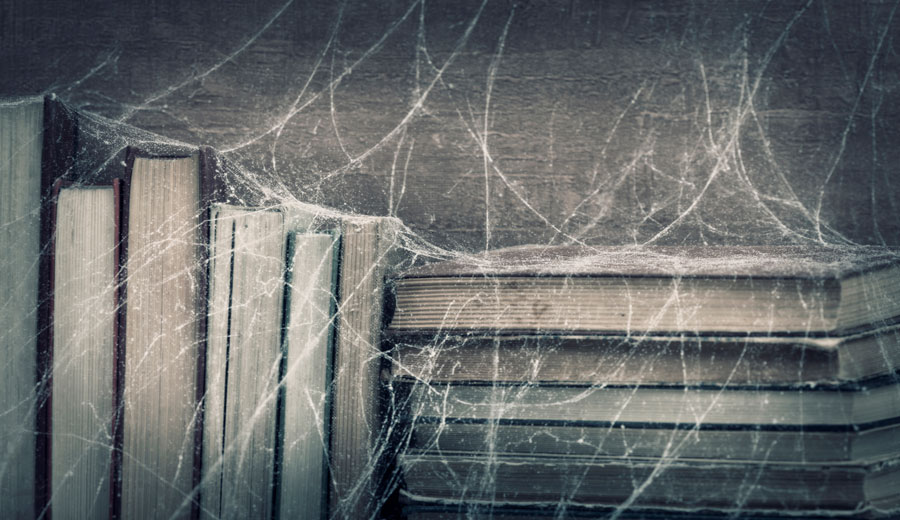
When planning to digitize a collection, it’s important to suppress the urge to jump right in and scan everything. Not all items are created equal; some may be more fragile or rare, while others may have greater historical or cultural significance. Prioritizing the materials in your collection can help you achieve your goals effectively and […]
The Dow Foundation Archives: Cultivating Historical Context
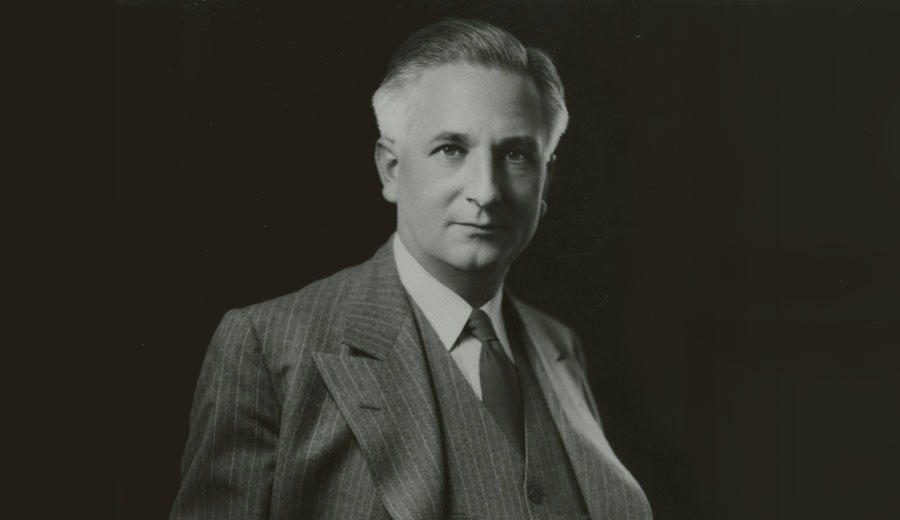
Archivists are often eager to illustrate the one-of-a-kind perspective their collection presents. Artifacts like postcards, candid photos, and personal correspondence offer a way to tell previously untold stories about our origins. However, historical archives not only provide a peek into the past, but they also offer new context around the histories we think we know. […]
What Is Metadata?
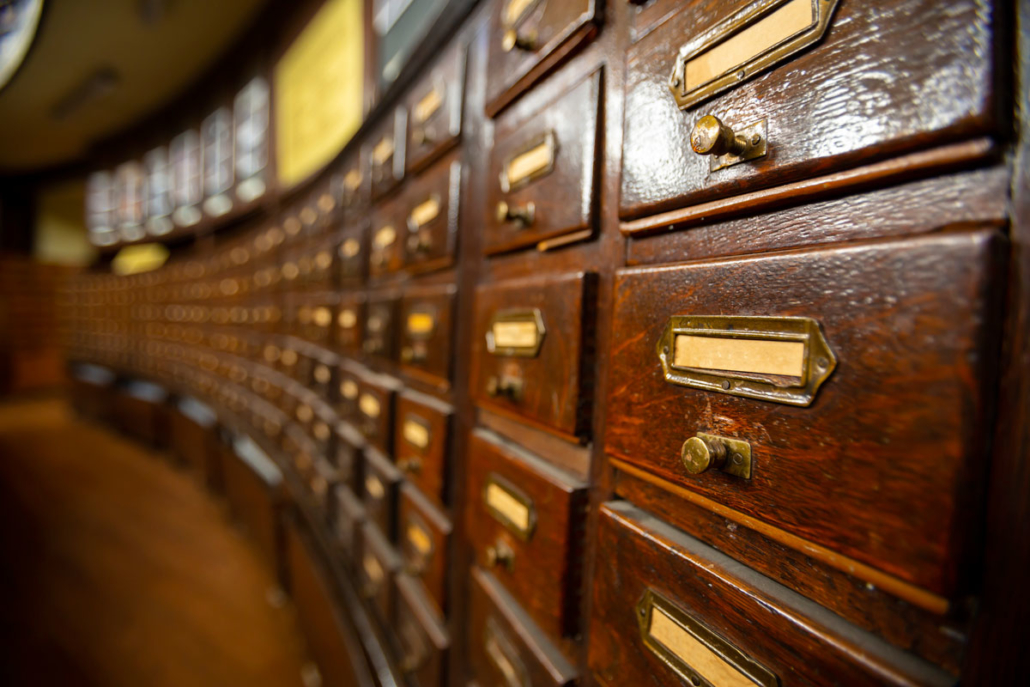
In our data-driven society, metadata has become a frequently used term, but do you know what it actually is? The process of weeding out the differences between data and metadata can be confusing. Bruce Schneier explains it best in his book Data and Goliath, “Data is content, and metadata is context.” Think about the photos […]



